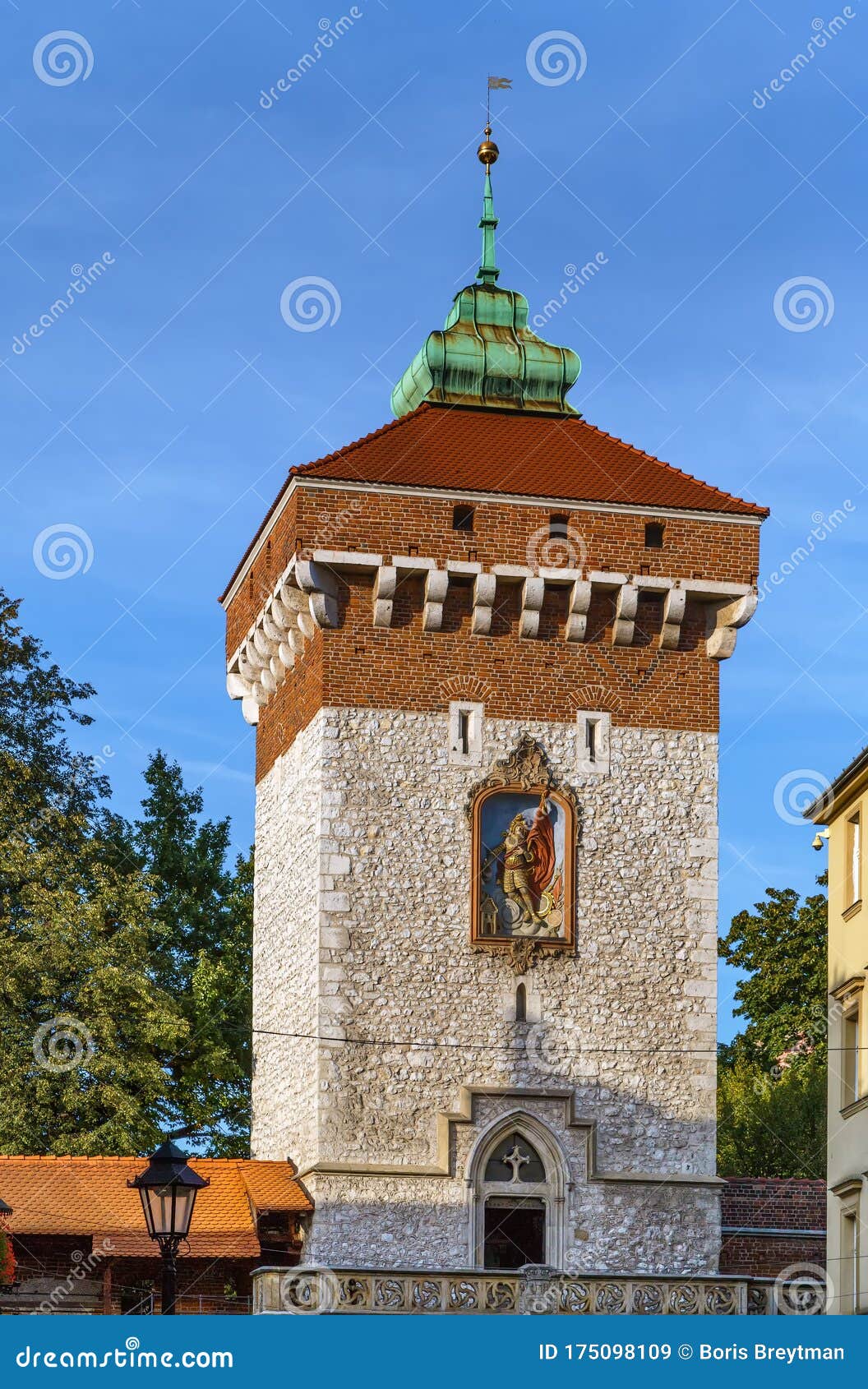
Indeed, by means of adaptation NATO complicated Russian calculations as regards a potential quick-win over the Alliance in an isolated, time- and space-limited conflict, engaging mostly Eastern Flank Allies. From a Polish perspective all these decisions are living proof of the validity of NATO’s security guarantees, underwritten by the US commitment to European security. The actual Russian aggression aggression against Ukraine was met with further decisions: a new multinational battlegroup in Slovakia and the deployment of the VJTF being perhaps the most prominent cases. In early 2022 the Allies stepped up their efforts to face the increasing threat from Russia, amassing troops at the Ukrainian border and reinforcing their position on the Eastern Flank with additional assets, including a new multinational battlegroup in the Black Sea (in Romania with France as the framework nation, within the concept of Enhanced Vigiliance Activities). 5’s guarantees underwritten by a credible capacity to act in a crisis or a conflict with Russia.

For Poland this was equal to reaching its main, post-accession goal as regards the Alliance: to have art. New commands and updated operational plans, together with the Alliance’s first post-Cold War military strategy complement the picture of a broad effort to make NATO capable of addressing a Russian threat.

A next tier of NATO reinforcements has been established within the NATO Readiness Initiative (NRI) and comprises 30 mechanised battalions, 30 squadrons and 30 warships, to be ready in 30 days. In the event of a crisis or conflict these forward deployed forces are meant to be reinforced by the NATO Response Force (NRF), enhanced with the so-called VJTF ‘spearhead’, whose elements are ready for deployment in only a few days.

In the same year a US armoured brigade began rotations to Poland too, strengthening the Allies’ defence and deterrence potential against Russia. Since 2017 a multinational battle group with the US as a framework nation has been deployed to Poland to set up both a tripwire and a first line of Allied defence against Russia (three similar battlegroups have been established in Lithuania, Latvia and Estonia). Arguably, Poland has been among the Eastern Flank Allies that benefited perhaps the most visibly from these changes. Over a relatively short time the Alliance has overhauled its broadly understood force posture. The adaptation success storyįrom the perspective of Poland, the post-2014 adaptation of NATO to the resurgent Russian threat has largely been a success story. For Poland it is also important to have European defence initiatives work for NATO and further strengthen the credibility of Allied defence and deterrence against Russia, rather than undermine it. If implemented in a hapless way, this concept may weaken the message of transatlantic solidarity and political cohesion –something every Allied strategy is largely about– and pull the much needed resources of European allies away from NATO. And the Alliance will have to deal with one more, special issue: the ambition to build up the European capacity for military crisis management outside the Alliance’s framework. If consensus is to be reached on the next strategy, NATO will have to develop a unique, new approach to the rise of China, climate change and the rapid development of emerging and disruptive technologies (EDTs). Hence, for Poland it is a top priority to have NATO’s next strategy confirm the centrality of collective defence as the Alliance’s principal task.īut new security challenges for the transatlantic area have not disappeared with Russian troops crossing Ukraine’s borders. It should be guided by the assumption that in coming years Putin’s Russia, or any other Russian leadership that might follow, is likely to be prone to engage in brinkmanship and may be willing to test NATO. Unprovoked Russian aggression against the Ukraine, regardless of how it unfolds, serves as a powerful call for continuing the adaptation of NATO to the Russian threat. While investing heavily in its national military capacity, Poland remains dependent for its defence on the readiness and capacity –understood both in political and military terms– of NATO to deter Russia and defend its easternmost Allies in a potential conflict with the country. Occupying a central position on the Alliance’s Eastern Flank, Poland is now a natural focal point for almost every potential crisis involving Russia and NATO.

Poland is among the members of NATO whose fundamental security interests depend directly on the Alliance’s ability to respond to the rapidly growing threat from Russia.


 0 kommentar(er)
0 kommentar(er)
